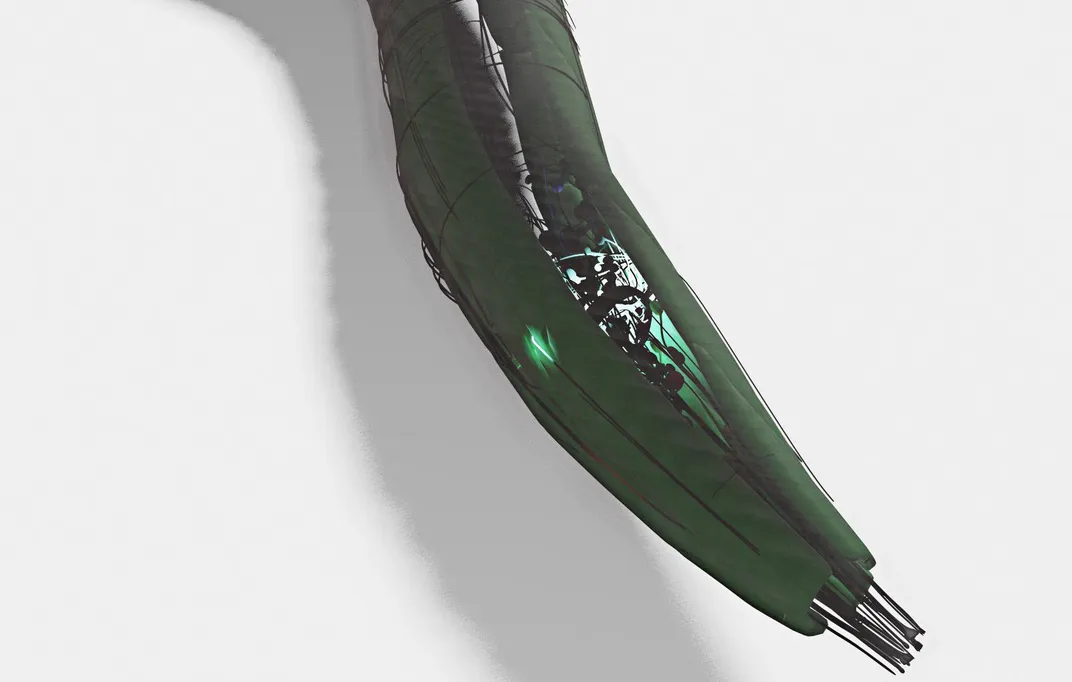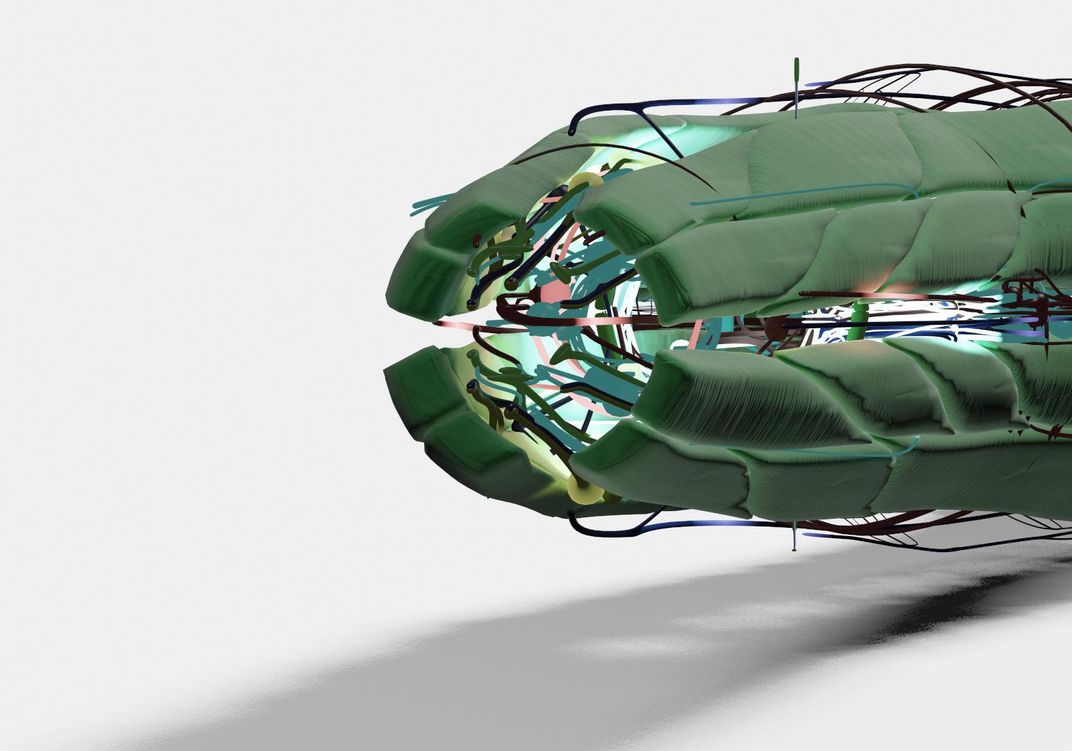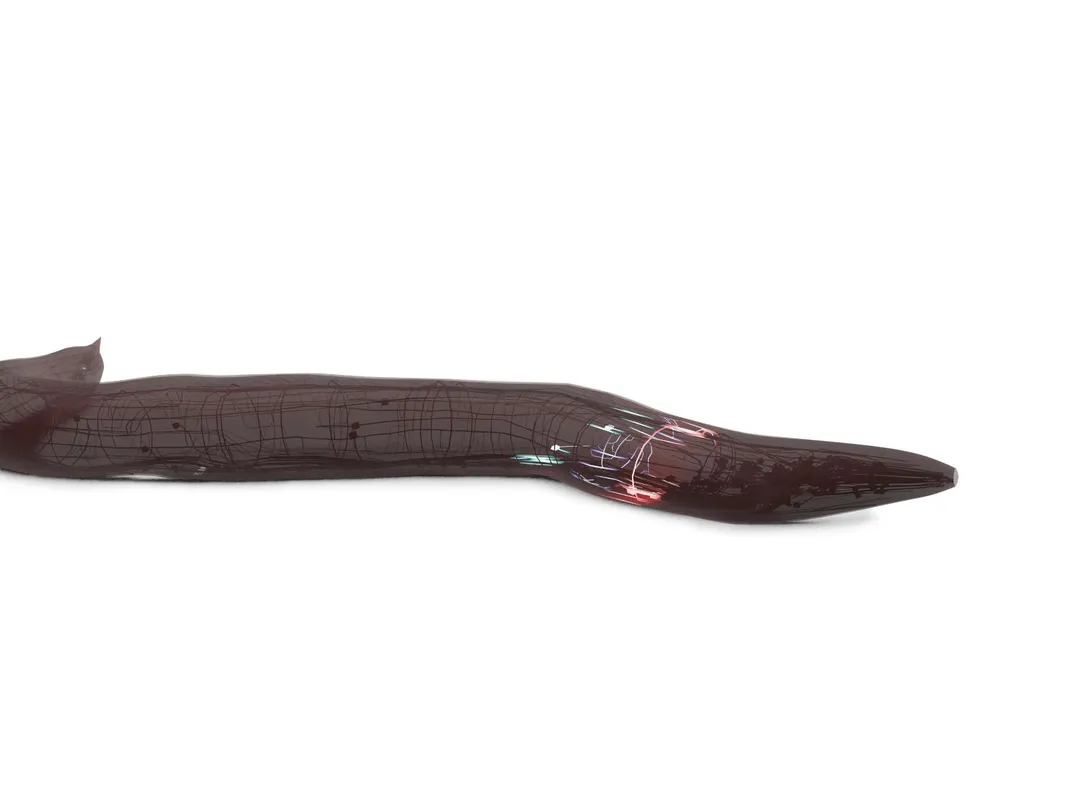How to Create a Virtual Organism
Through OpenWorm, scientists are hoping to allow anyone with a computer to unlock the secrets of animal behavior
Scientists have long dreamed of creating a virtual organism—a computer model of a life-form so detailed and so comprehensive that it doesn’t just look alive on the screen but precisely mimics how the real thing develops, grows and behaves in the real world.
Now researchers are closing in on that feat with OpenWorm, so named because its source code is available to anyone with a computer and the creature in question is the microscopic roundworm C. elegans. Translucent and easy to raise, the thousand-celled nematode fills petri dishes in labs all over the world and is probably the best-understood multicellular organism in science. It was the first to have its genome sequenced and to have a map made of its neural circuitry.
One goal of OpenWorm is to unlock secrets of animal behavior—“the magic of how neurons talk to one another,” says Stephen Larson, the project’s coordinator. You might, for instance, get a vivid picture of how the presense of a new chemical triggers a chain of biophysical events, including exactly which of the worm’s 10,000-odd synapses fire in what sequence, and what behavior ensues. Such insight is a step toward figuring out how biological processes of vastly greater complexity operate.
The simulation now has a “body” capable of wormlike movements and a nervous system. Once the two systems are unified, months or years from now, anybody from grade schoolers to biologists could then experiment on worms right in their web browsers. The potential, Larson says, is “practically limitless.”



